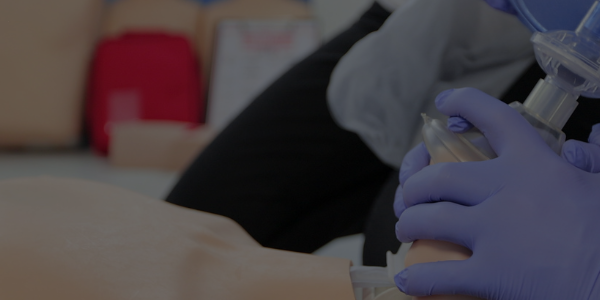Choking : Step to save lives
Choking emergencies can happen unexpectedly, and knowing how to respond confidently and effectively can mean the difference between life and death. In this inspiring and informative blog post, we will guide you through the steps to save a life during a choking emergency. By learning these essential skills, you can be the hero when someone needs you the most. To master these lifesaving techniques and more, consider booking a first aid course with AB First Aid Training [1]. Visit www.abfirstaid.com.au or call 03 8364 8984 to book a course today.
Recognize the Signs of Choking
The first step to saving a life is recognizing the signs of choking. A person who is choking may exhibit the following symptoms [2]:
- Clutching at the throat
- Inability to speak or make sounds
- Difficulty breathing or noisy breathing
- Turning blue in the face
- Loss of consciousness (in severe cases)
Encourage the Person to Cough
If the person can still breathe and cough, encourage them to keep coughing to try to dislodge the object on their own. Powerful coughing can often be enough to clear the airway [3].
Perform Back Blows and Chest Thrusts on Adults
If coughing isn’t effective, and the person is unable to breathe or becomes unconscious, you need to act quickly. For adults and children over one year old, perform back blows and chest thrusts as follows [4]:
- Stand behind the person and slightly to one side.
- Support the person’s chest with one hand, and lean them forward so the object can come out more easily.
- Give five sharp back blows between the person’s shoulder blades using the heel of your hand.
- If the back blows don’t work, give five chest thrusts by placing your hands in the center of the person’s chest and applying inward pressure.
- Continue alternating between five back blows and five chest thrusts until the object is dislodged or the person starts to breathe or cough.
Back Blows and Chest Thrusts for Infants
For infants under one year old, use a combination of back blows and chest thrusts [5]:
- Hold the infant facedown along your forearm, with their head lower than their chest.
- Deliver five firm back blows between the infant’s shoulder blades using the heel of your hand.
- Turn the infant face-up, still keeping their head lower than their chest.
- Place two fingers in the center of the infant’s chest and perform five quick chest thrusts.
- Continue alternating between back blows and chest thrusts until the object is dislodged or the infant starts to breathe or cough.
Call Emergency Services
If the person becomes unconscious or the object remains lodged after attempting these techniques, call emergency services immediately [6].
By learning to recognize the signs of choking and knowing how to perform lifesaving interventions, you can be the hero in a choking emergency. To gain the confidence and skills needed to save a life, consider enrolling in a first aid course with AB First Aid Training [1]. To book a course, visit www.abfirstaid.com.au or call 03 8364 8984.
Find this blog “Choking : Step to save lives” useful?. Read more of our blogs on our blog section
Please note that regular First Aid and CPR Training is the best way to make sure that you’re prepare in the case of an emergency. Book a course with us
Footnotes and Sources:
[1] AB First Aid Training. (n.d.). AB First Aid Training. Retrieved from https://www.abfirstaid.com.au
[2] Better Health Channel. (2021). First aid – choking adult or child over one year. Retrieved from https://www.betterhealth.vic.gov.au/health/conditionsandtreatments/first-aid-choking-adult-or-child-over-one-year
[3] Better Health Channel. (2021). First aid – choking baby. Retrieved from https://www.betterhealth.vic.gov.au/health/conditionsandtreatments/first-aid-choking-baby
[4] Better Health Channel. (2021). First aid – choking adult or child over one year. Retrieved from https://www.betterhealth.vic.gov.au/health/conditionsandtreatments/first-aid-choking-adult-or-child-over-one-year





